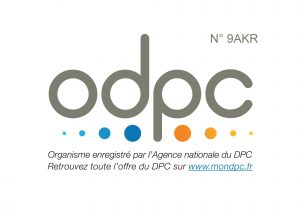The SAVE Score has been developed by ELSO and The Department of Intensive Care at The Alfred Hospital, Melbourne.
It is designed to assist prediction of survival for adult patients undergoing Extra-Corporeal Membrane Oxygenation for refractory cardiogenic shock. It should not be considered a substitute for clinical assessment.
For more information see: Predicting survival after ECMO for refractory cardiogenic shock: the survival after veno-arterial-ECMO (SAVE)-score



Intensive Care Med. 2016 Mar 23.
Development and validation of the pediatric risk estimate score for children using extracorporeal respiratory support (Ped-RESCUERS).
Barbaro RP1,2, Boonstra PS3, Paden ML4, Roberts LA5, Annich GM6, Bartlett RH7, Moler FW8, Davis MM9,8,10,11.
Abstract
PURPOSE:
To develop and validate the Pediatric Risk Estimation Score for Children Using Extracorporeal Respiratory Support (Ped-RESCUERS). Ped-RESCUERS is designed to estimate the in-hospital mortality risk for children prior to receiving respiratory extracorporeal membrane oxygenation (ECMO) support.
METHODS:
This study used data from an international registry of patients aged 29 days to less than 18 years who received ECMO support from 2009 to 2014. We divided the registry into development and validation datasets by calendar date. Candidate variables were selected for model inclusion if the variable independently changed the mortality risk by at least 2 % in a Bayesian logistic regression model with in-hospital mortality as the outcome. We characterized the model’s ability to discriminate mortality with the area under curve (AUC) of the receiver operating characteristic.
RESULTS:
From 2009 to 2014, 2458 non-neonatal children received ECMO for respiratory support, with a mortality rate of 39.8 %. The development dataset contained 1611 children receiving ECMO support from 2009 to 2012. The model included the following variables: pre-ECMO pH, pre-ECMO arterial partial pressure of carbon dioxide, hours of intubation prior to ECMO support, hours of admission at ECMO center prior to ECMO support, ventilator type, mean airway pressure, pre-ECMO use of milrinone, and a diagnosis of pertussis, asthma, bronchiolitis, or malignancy. The validation dataset included 438 children receiving ECMO support from 2013 to 2014. The Ped-RESCUERS model from the development dataset had an AUC of 0.690, and the validation dataset had an AUC of 0.634.
CONCLUSIONS:
Ped-RESCUERS provides a novel measure of pre-ECMO mortality risk. Future studies should seek external validation and improved discrimination of this mortality prediction tool.